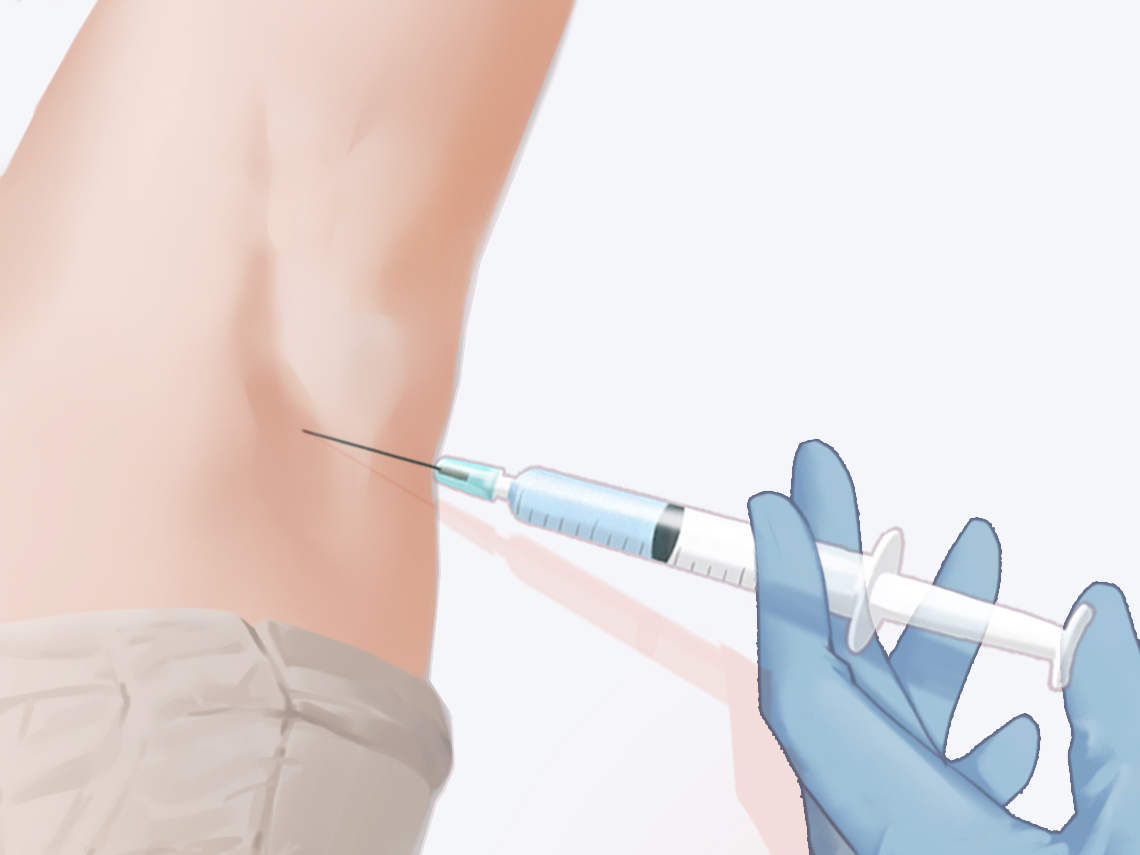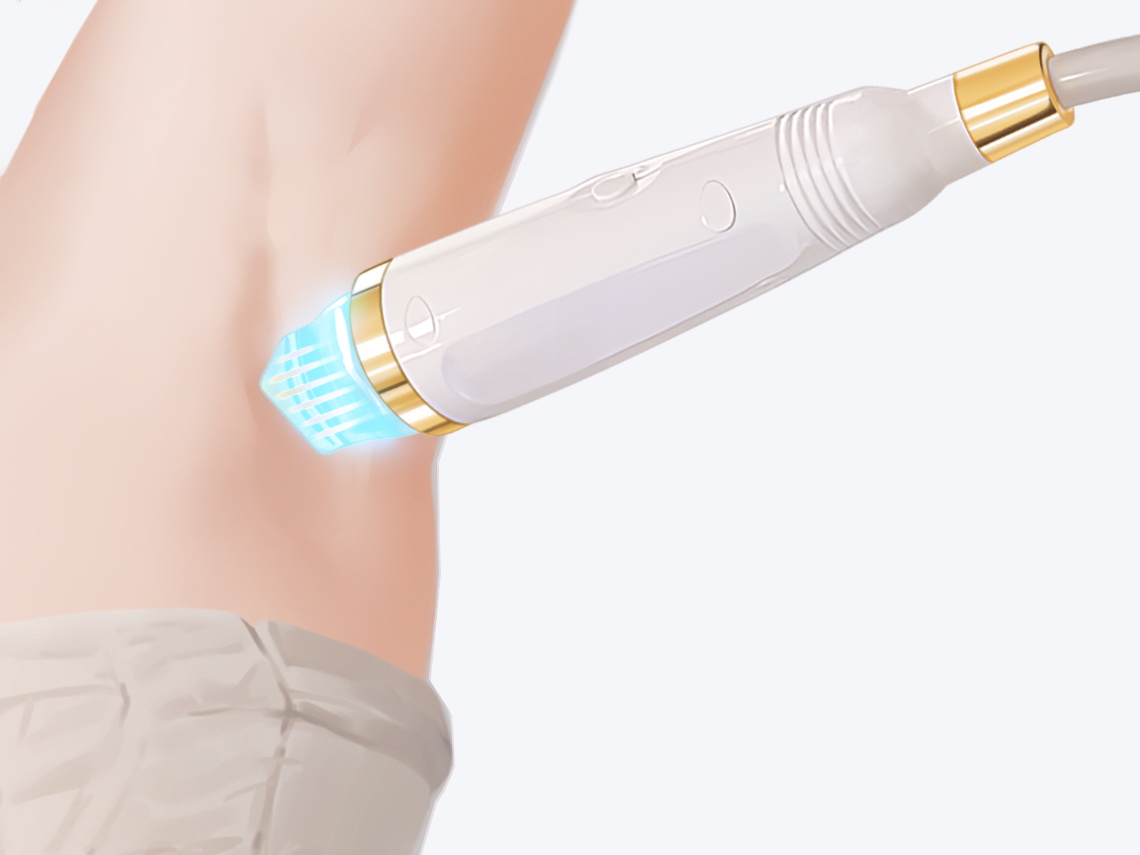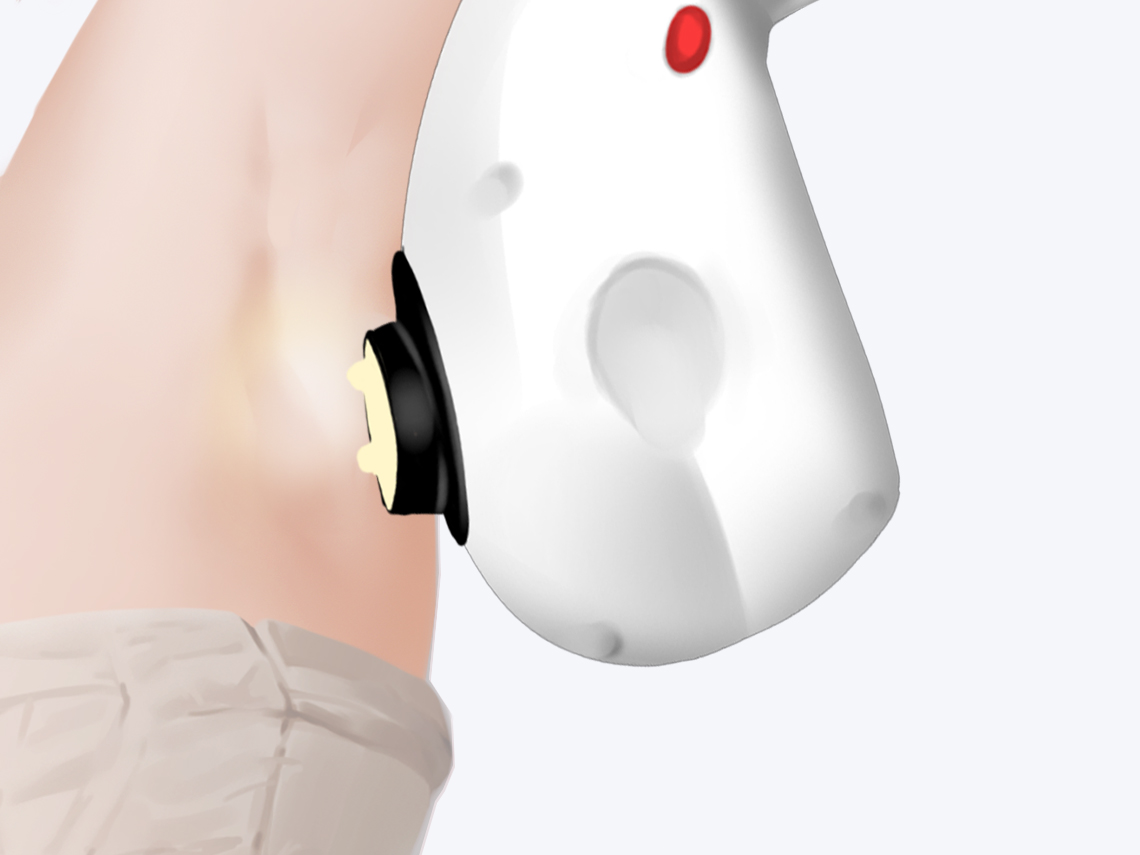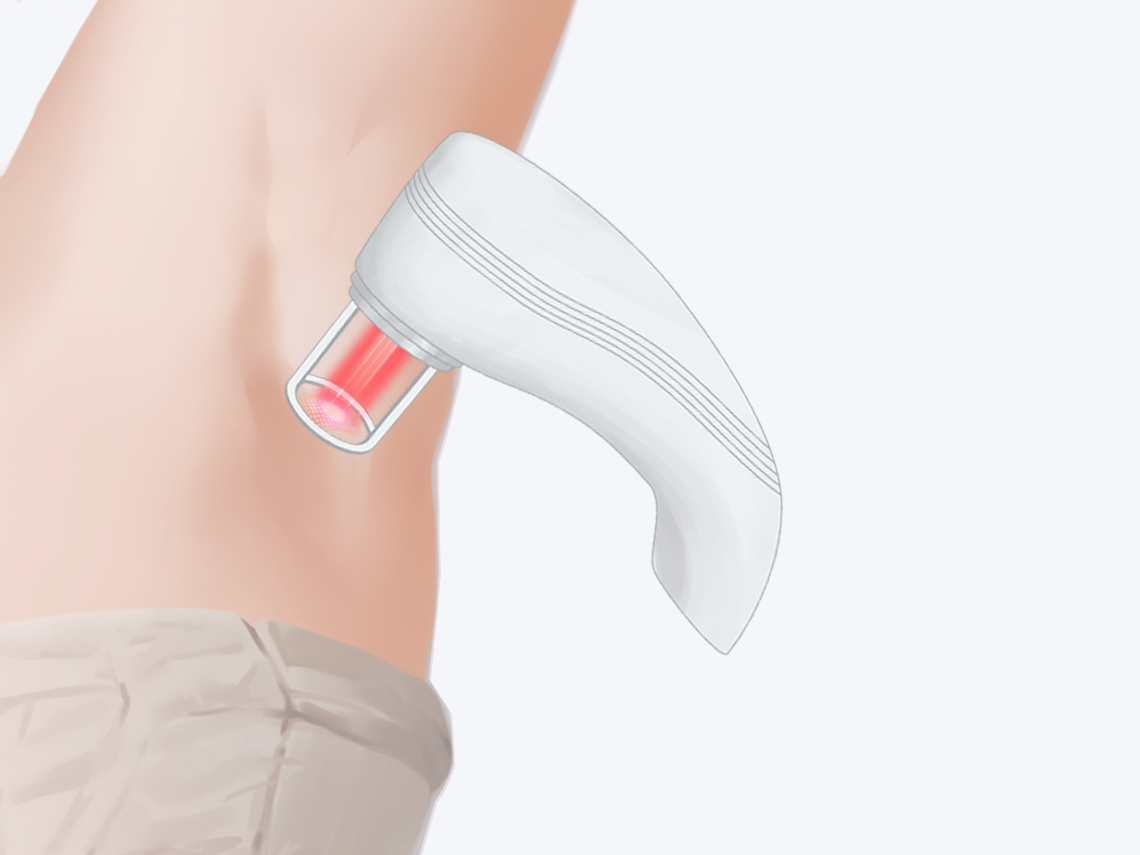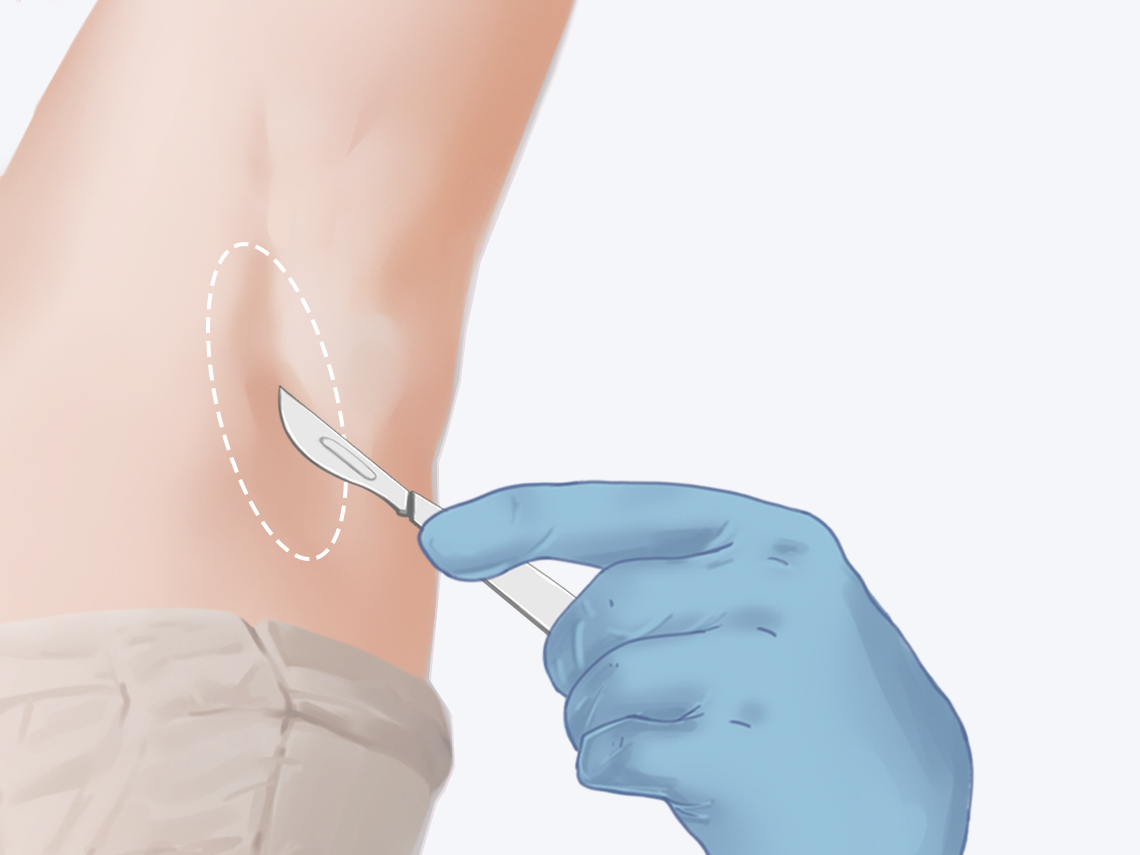What should I do if shaving underarm hair causes body odor?
Body odor, commonly known as axillary bromhidrosis, is typically caused by bacterial infection of the apocrine glands in the armpits, producing a strong and unpleasant smell. It is hereditary and not directly related to shaving underarm hair. In general, axillary bromhidrosis can be alleviated through methods such as maintaining cleanliness and dryness or medical treatments. If these measures are ineffective, treatment options may include botulinum toxin type A injections, gold microneedle radiofrequency therapy, microwave therapy, fractional laser therapy, or sweat gland excision surgery.
General Methods for Alleviating Axillary Bromhidrosis:
1. Maintain Cleanliness and Dryness
Wash the underarms daily with lukewarm water and mild cleansing products to remove sweat, bacteria, and dirt from the skin surface, thereby reducing odor production. Wear breathable, sweat-absorbing cotton clothing and change clothes frequently, especially after exercise or sweating. Promptly replace damp clothing to prevent bacterial growth on fabrics.
2. Medical Treatment
If inflammation or infection is present in the underarm area, topical antibiotics such as mupirocin ointment or fusidic acid cream may be used under a doctor’s guidance to eliminate bacteria and reduce inflammation and odor.
Surgical and Minimally Invasive Treatments for Axillary Bromhidrosis:
Procedure Name |
Botulinum Toxin Type A Injection |
Gold Microneedle Radiofrequency Therapy |
Microwave Therapy |
Fractional Laser Therapy |
Sweat Gland Excision Surgery |
Example Image |
|
|
|
|
|
Principle |
Blocks the release of acetylcholine from local sympathetic nerves, preventing sweat glands in the armpit from receiving signals to secrete sweat, thus inhibiting sweat production. |
Delivers radiofrequency energy precisely to different layers of the skin, causing protein denaturation and necrosis of sweat gland cells in the armpit, thereby destroying apocrine gland tissue and reducing or stopping sweat secretion. |
Uses high-frequency electromagnetic waves from microwaves to damage large sweat glands or their ducts, impairing gland function and preventing normal sweat secretion. |
Generates high-energy laser beams that act on the underarm skin, creating instant high temperatures to thermally damage the apocrine glands. |
Surgically removes or scrapes out the apocrine gland tissue from the armpit area. |
Advantages |
1. Simple procedure |
1. Relatively simple operation |
1. Small incision |
1. Small wound size |
1. Minimal bleeding |
Potential Risks |
1. May cause muscle atrophy |
1. Local bruising may occur |
1. May cause local redness and swelling |
1. May cause skin itching |
1. May result in noticeable scarring |
| Maintenance Duration | 3–6 months | 1–2 years | 6–12 months | 1–2 years | 10–15 years |
Reference Price |
3,000–8,000 RMB per session |
2,000–10,000 RMB per session |
500–1,000 RMB per session |
500–3,000 RMB per session |
3,000–5,000 RMB per session |
Body odor may cause unnecessary daily distress. It is recommended to seek timely treatment at a reputable hospital under the guidance of a qualified physician. Regularly clean the underarms and keep them dry in daily life. Reduce the frequency of underarm hair removal to avoid unnecessary physical injury. Maintain a light diet and avoid consuming spicy or irritating foods such as garlic, Sichuan pepper, and onions, which may negatively affect health.





